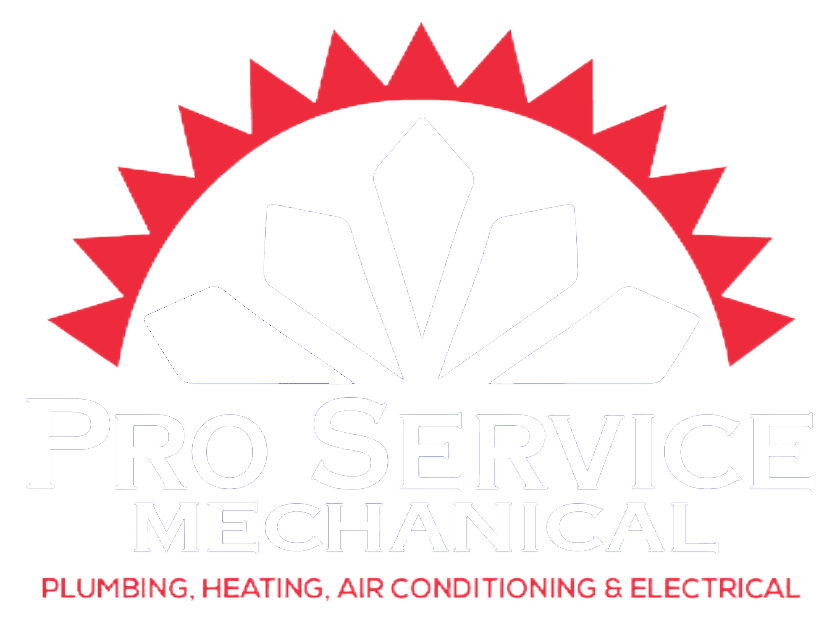It sure is cosier to be sealed in tight against the cold in your home during the colder months of the year, but for people who have respiratory problems or are sensitive to indoor allergens, the colder months can exacerbate problems. Having stale indoor air and heating systems will only increase the amount of allergy-inducing mold spores, dust mites, and pet dander through one’s home. In early spring and late winter, it might still be a bit too chilly to open the windows just to pull out the musty air, so while you wait for the warmer weather, it is important to be aware of some of the respiratory and allergy triggers that might be lurking in your surroundings.
Indoor air quality can be worse during winter because there is not much flow of fresh air from the outside which means that allergens stay trapped inside your home.
HOW TO IMPROVE AIR QUALITY
If you want to keep breathing easily through the colder months, you should do your part.
It is not possible to eliminate all the allergens inside the home, but you can still reduce the number greatly, as well as your exposure to them, by making simple changes. Here are some of the strategies that you can use to improve the indoor air quality in your home:
#01. KEEP IT CLEAN.
A clean house can also mean a healthier house because good indoor hygiene can cut down on animal dander and dust. Your cleaning efforts should be aimed at reducing the accumulation of mold, dust, and pet dander that are present in your home.
#02. KEEP YOUR ‘GREENS’ OUTDOORS.
While indoor plants make your interior look pretty, they can also collect and foster mold. So, if you are having trouble with indoor allergens, then you would want to avoid having indoor plants. Some plants are said to improve indoor air quality because they release oxygen, but they can still be allergy triggers for many people.
#03. CHANGE YOUR FILTERS.
Be sure to change the filters regularly if you have a forced-air heating system. Electrostatic filters help trap dust and other airborne irritants instead of having them circulate throughout your home. You can also have your ducts cleaned in order for the trapped dust to be removed.
#04. INVEST IN AN AIR PURIFIER.
If you are allergic to indoor allergens and you cannot control the source of the problem (i.e. family pet), then it might help to use an ultraviolet air purifier. These devices, when installed in the supply air ducts, are designed to destroy viruses, germs, bacteria, mold, chemicals, odors & allergens.
#05. INVEST IN A DEHUMIDIFIER.
This also helps you, especially when you place a dehumidifier in damp areas such as your basement to help prevent the growth of mold. Bathrooms are another potential source of mold so those should be well-ventilated as well. Be sure that when you clean your bathrooms, you scrub off any visible mold that collects on fixtures, in the shower, on the walls and on the floor.
BONUS: LET THE FRESH AIR IN.
Even during the cold months, you should open your windows from time to time, just enough for fresh air to move into your home. You can also move potential air contaminants out by having fans in the kitchen to remove cooking fumes.
An alternative to opening your windows is to install a HRV (Heat Recovery Ventilator). There are a number of reasons you may wish to install an HRV: excessive build up of humidity in the home, the air is very stale, you may have renovated and in doing so reduced the amount of air leakage into the home, you enjoy using your fireplace but it is starving for air, you smoke in your home, pet odours.
For Sales or Service CALL Pro Service 306-700-3252


